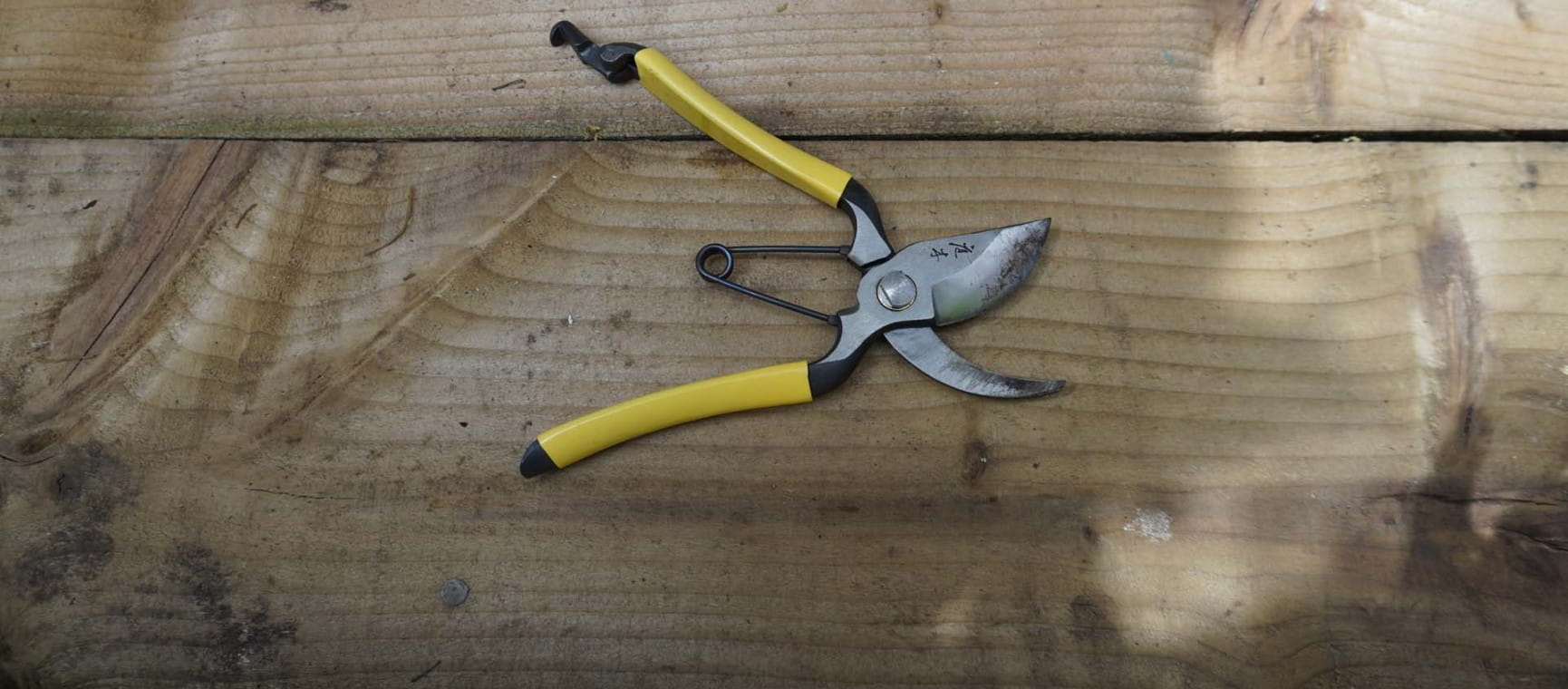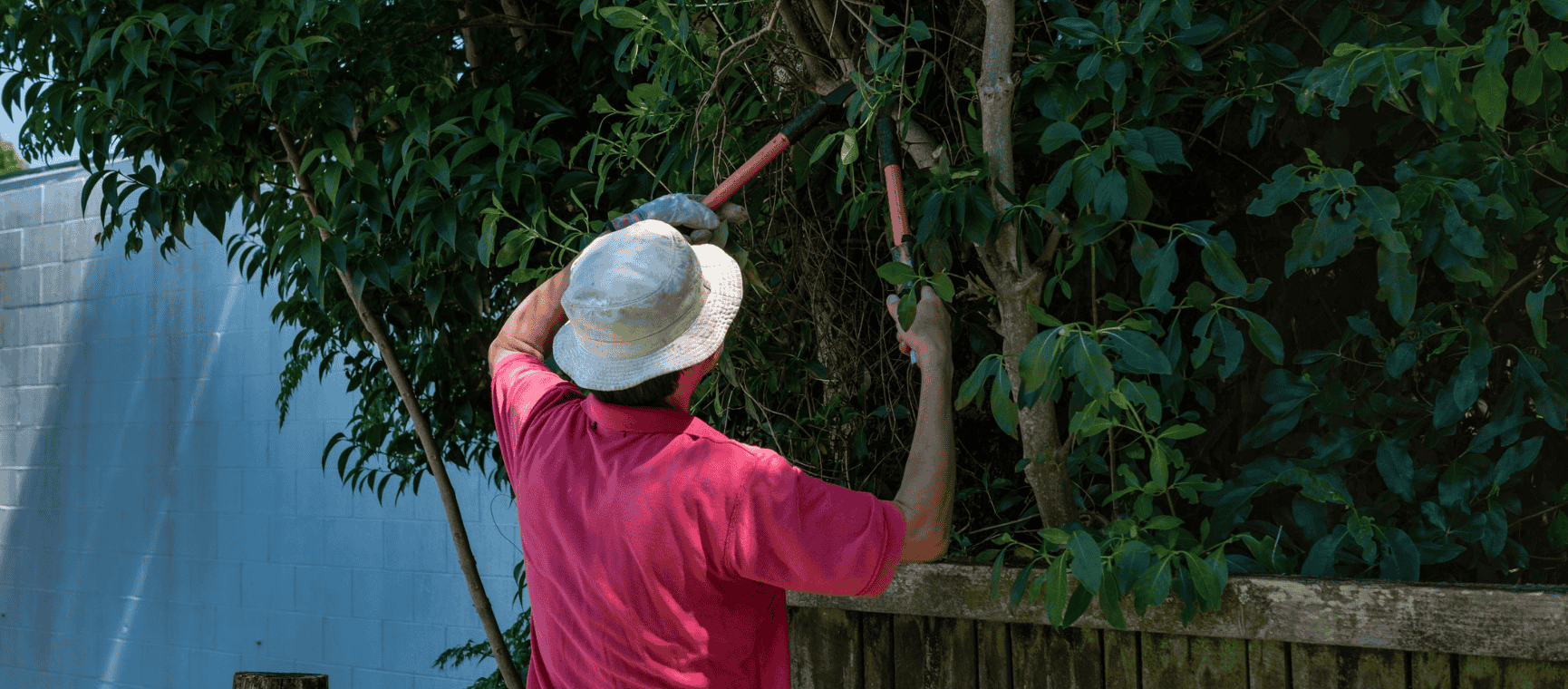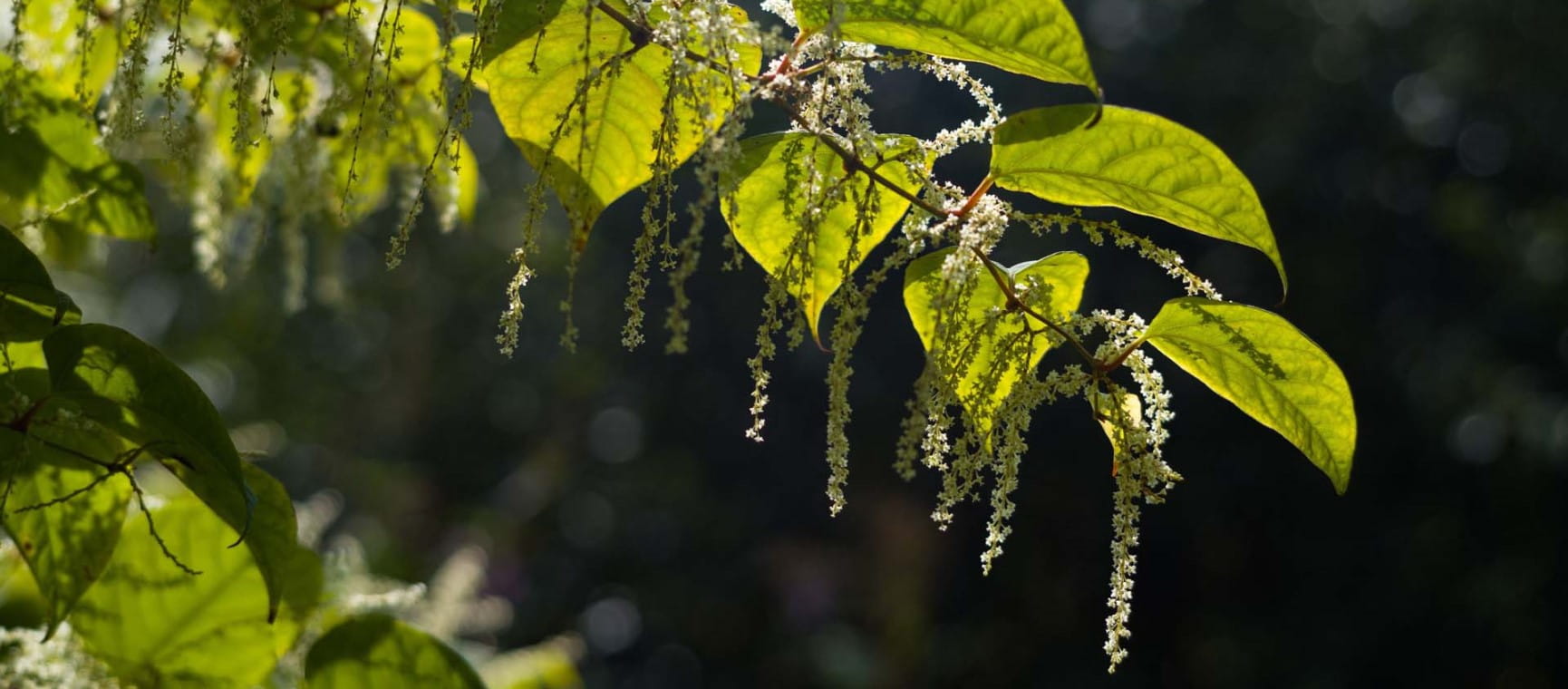How to clean your secateurs - and save your plants
Garden experts share with us their top tips on how to clean secateurs, helping protect your plants from damage and distress.

Garden experts share with us their top tips on how to clean secateurs, helping protect your plants from damage and distress.

Cleaning your secateurs protects your plants and keeps the blades in tip-top condition.
The good thing about cleaning your secateurs is if you do it on a regular basis, it won’t take much time.
However, if you leave it too long and the blades have become seized-up with grime, it will be a much more laborious chore.
So, to get the most out of your secateurs, follow our tips on how to get them clean.

John Myers, head gardener at the National Trust’s Ham House and Garden suggests starting by giving your secateurs a clean with a stiff brush to remove the dirt, adding: “If they are particularly dirty, give them a rinse in warm water, then dry them fully with a clean cloth.”
If a brush won’t quite do the trick, grab some wire wool and set to work. Personally, I found wire wool to be the best way to remove the muck from my secateurs. However, if using wire wool, Myers says that “you must make sure to wipe the secateurs clean and oil them when you have finished scrubbing”.

Once your secateurs are clean of dirt, wipe over the blades with rubbing alcohol (also known as surgical spirit) to kill any viruses or germs.
“If you don’t have rubbing alcohol, white wine vinegar or a bleach-free disinfectant will do the job too,” says Myers.
“Don’t forget to oil your secateurs after cleaning them,” Myers adds. “Cleaning your secateurs will remove any oil, leaving them vulnerable to rust.”
There’s no need to go to the expense of any specialist oil, as Guy Barter, chief horticulturist at the RHS says: “Any household oil will do and will help to keep everything moving.”
Premium secateurs manufacturer, Niwaki, suggests using camellia oil on its secateurs. Once you’ve added the oil, wipe off any excess before storing your secateurs.

It may seem extreme to those of you who simply pop your secateurs back in a toolbox or drawer after you’ve used them (I’m also guilty), but the experts tell us that they clean after every use.
"When pruning sappy or resinous growth that can gum up the works of the secateurs, more frequent cleaning and sharpening is called for"
“Professionals clean and sharpen them every day, and perhaps more often,” says Barter, “but gardeners can get away with cleaning them after every big pruning session.
“When pruning sappy or resinous growth that can gum up the works of the secateurs, more frequent cleaning and sharpening is called for,” he adds.
Myers says you also need to watch out for plants that appear unhealthy or are showing signs of disease. “In this instance, you should clean your secateurs after using them on each separate plant, to avoid spreading any health problems.”

Rekha Mistry shares her top vegetables to grow in your garden all year round.

We explain the science and have 7 of the best scented plants for your garden.

From robot mowers to electric pruning shears, spruce up your outside space with four of the best garden gadgets

Our expert pruning and watering hacks include a top tip to keep them flowering from Alan Titchmarsh.

Don’t make these bird-feeding mistakes. Expert advice on how to feed birds in your garden safely.

Blighted by buzzing? How to keep wasps out of your garden without harming them so you can enjoy the summer.

The ways you could be breaking the law in your back garden - with expert advice on how to avoid neighbour disputes, a fine or even a prosecution.


Everything you need to know about Japanese knotweed, the fast-growing plant nobody wants in their garden.